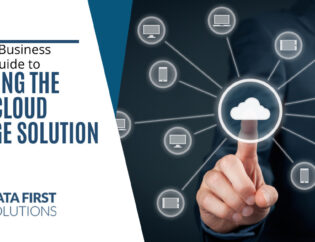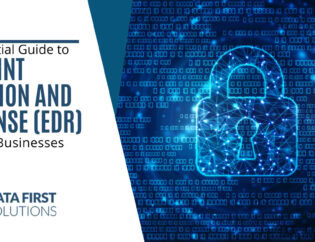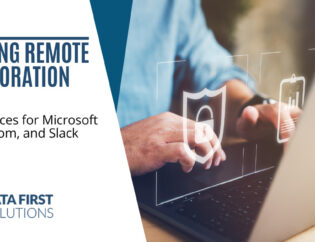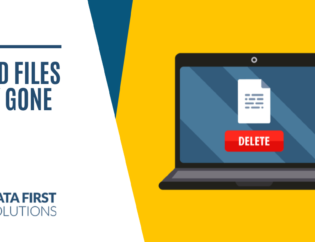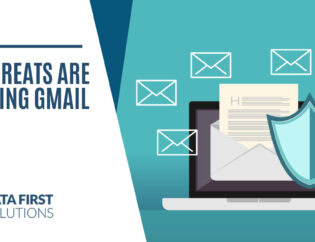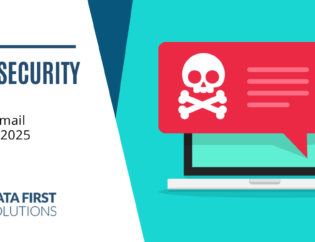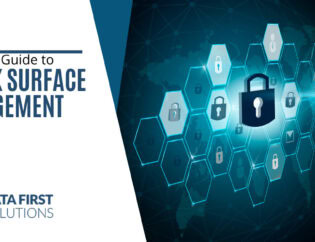
From the personalized background to the browser extensions we install, we create a unique space that we live in whenever we boot up.
So, it’s hard to imagine someone breaking into that personal space. But device attacks are all too common. One of the most prevalent small business cyber attacks includes compromised or stolen devices. These account for approximately 33% of all attacks.
When devices are attacked and either breached to steal information or infected with malware, it can mean expensive computer repair costs. Often, a device attack can disable a PC, changing vital system files that control things like system and program booting and operation.
It’s important to properly protect devices using a multi-layered protection strategy that can address the various types of threats. The easiest way to ensure your bases are covered is to have the device managed and maintained through a managed IT services plan.
What types of dangers do you need to defend against? Here are some of the most prevalent forces that are used to attack computers.
Phishing – Email Attachments
Phishing is the most common delivery method for cyberattacks. Many cyber attacks require the user’s intervention, and often that is opening a file attachment that contains malicious code.
These scam emails have become very sophisticated over the years, many are nearly impossible to tell from the real thing to the average person.
A dangerous phishing attachment can cause:
- Ransomware, virus, or another malware infection
- Installation of spyware
- And more
And there are no longer “safe” file attachments. Hackers have even been known to even use a PDF attachment to direct an attack.
Some of the popular lures designed to get users to open file attachments in phishing emails are:
- The promise of a big purchase order
- Faked company directive
- Use of brand impersonation (pretending to be an important document from your bank, for example)
- Email spoofing, making users think an attachment is being sent from a colleague
Phishing – Hyperlinks to Malicious Sites
Over the years, many users have become wise to avoid opening file attachments from unknown senders, so phishing attackers have largely switched to using links in emails.
People don’t immediately associate a hyperlink with being dangerous, as they do file attachments, thus this is often an effective tactic. These links often take users to fake login pages designed to steal credentials. They can also take the person to a malware-infected site that installs malware onto their PC.
In a study of employees in North America, 25.5% of them clicked on phishing links in a simulated phishing attack, and of those, 7 out of every 10 compromised their login credentials by logging into a fake form.
DNS filtering is a must to help combat malicious links, as well as user training on their dangers.
Firmware Attacks
In the past two years, 83% of surveyed organizations have suffered a firmware attack. This is an attack on the deepest layer of your PC, the one that goes beyond the operating system.
Firmware is the code that runs your device, including commands such as how to boot your PC and the programs that run automatically when booted. These types of attacks are very dangerous because they are often difficult to detect.
Because the firmware layer is beyond the OS layer of a PC, there is little transparency for the user about things going on at this level. Having good overall device protection is vital as well as looking for PCs that have additional firmware protections when purchasing new computers.
Man-in-the-Middle Attack via Free Wi-Fi
Laptops can often be connected to free Wi-Fi when users are traveling or working away from home or office. Often, the person is just happy to have an internet connection available and isn’t thinking about the risks of being connected to a network with a bunch of strangers.
Hackers will often set up on a public Wi-Fi network and use code to spy on the activities of unsuspecting users. The best way to avoid a man-in-the-middle attack is to either:
- Use your phone’s mobile carrier connection as a hotspot for your laptop
- Use a VPN to encrypt your connection
Ransomware Attacks
Ransomware is a form of malware that deserves its own threat category because of how dangerous it is. It can instantly make a computer or server unusable by encrypting all the data on the drive.
Companies will often pay the attacker the demanded ransom to return the files to normal because they’re not properly prepared with a complete backup of their system.
Ransomware can also spread rapidly from device to device on the same network, and even into cloud storage that may be synced with a person’s computer.
Ensure Your Business Devices Are Automatically Protected
You shouldn’t leave anything to chance when it comes to protecting your business PCs. Data First Solutions offers customized and affordable managed IT services to Toronto area businesses that keep devices monitored, managed, and secure.
Contact us today to book a free assessment. Call 416-412-0576 or book your assessment online.


